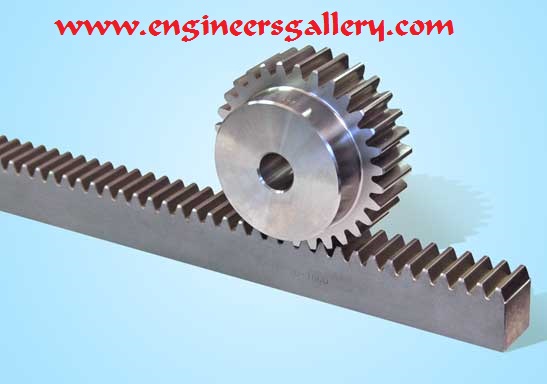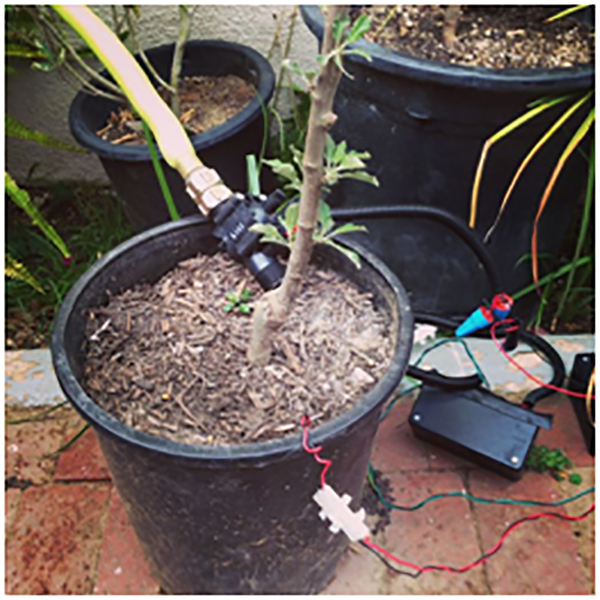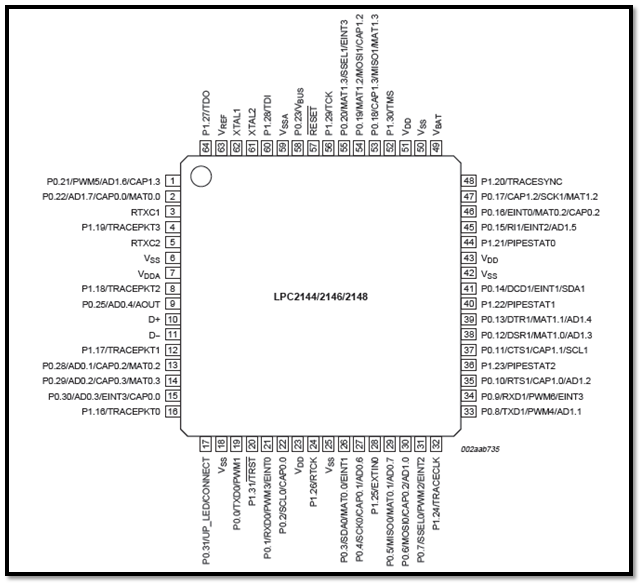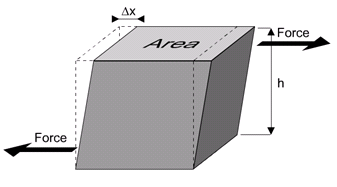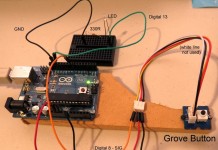FLASKS
The common flasks are also called as containers which are used in foundry shop as mold boxes, crucibles and ladles.
1. Moulding Boxes
Mold boxes are also known as molding flasks. Boxes used in sand molding are of two types:
(a) Open molding boxes.
Open molding boxes are made with the hinge at one corner and a lock on the opposite corner. They are also known as snap molding boxes which are generally used for making sand molds. A snap molding is made of wood and is hinged at one corner. It has special applications in bench molding in green sand work for small nonferrous castings. The mold is first made in the snap flask and then it is removed and replaced by a steel jacket. Thus, a number of molds can be prepared using the same set of boxes. As an alternative to the wooden snap boxes the cast-aluminum tapered closed boxes are finding favor in modern foundries. They carry a tapered inside surface which is accurately ground and finished. A solid structure of this box gives more rigidity and strength than the open type. These boxes are also removed after assembling the mould.
Large molding boxes are equipped with reinforcing cross bars and ribs to hold the heavy mass of sand and support gaggers. The size, material and construction of the molding box depend upon the size of the casting.
(b) Closed molding boxes.
Closed molding boxes are which may be made of wood, cast-iron or steel and consist of two or more parts.
The lower part is called the drag, the upper part the cope and all the intermediate parts, if used, cheeks. All the parts are individually equipped with suitable means for clamping arrangements during pouring. Wooden Boxes are generally used in green-sand molding. Dry sand moulds always require metallic boxes because they are heated for drying. Large and heavy boxes are made from cast iron or steel and carry handles and grips as they are manipulated by cranes or hoists, etc. Closed metallic molding boxes may be called as a closed rectangular molding box or a closed round molding box.
2. Crucible
Crucibles are made from graphite or steel shell lined with suitable refractory material like fire clay. They are commonly named as metal melting pots. The raw material or charge is broken into small pieces and placed in them. They are then placed in pit furnaces which are coke-fired. In oil- fired tilting furnaces, they form an integral part of the furnace itself and the charge is put into them while they are in position. After melting of metals in crucibles, they are taken out and received in crucible handle. Pouring of molten is generally done directly by them instead of transferring the molten metal to ladles. But in the case of an oil fired furnace, the molten metal is first received in a ladle and then poured into the molds.
3. Ladle
It is similar in shape to the crucible which is also made from graphite or steel shell lined with suitable refractory material like fire clay. It is commonly used to receive molten metal from the melting furnace and pour the same into the mold cavity. Its size is designated by its capacity. Small hand shank ladles are used by a single foundry personal and are provided with only one handle. It may be available in different capacities up to 20 kg. Medium and large size ladles are provided with handles on both sides to be handled by two foundry personals.
They are available in various sizes with their capacity varying from 30 kg to 150 kg. Extremely large sizes, with capacities ranging from 250 kg to 1000 kg, are found in crane ladles. Geared crane ladles can hold even more than 1000 kg of molten metal. The handling of ladles can be mechanized for good pouring control and ensuring better safety for foundry personals workers. All the ladles consist of an outer casing made of steel or plate bent in proper shape and then welded. Inside this casing, a refractory lining is provided. At its top, the casing is shaped to have a controlled and well directed flow of molten metal. They are commonly used to transport molten metal from furnace to mold. Copied from A Textbook of Manufacturing processes and Workshop Technology by Rajender Singh.





